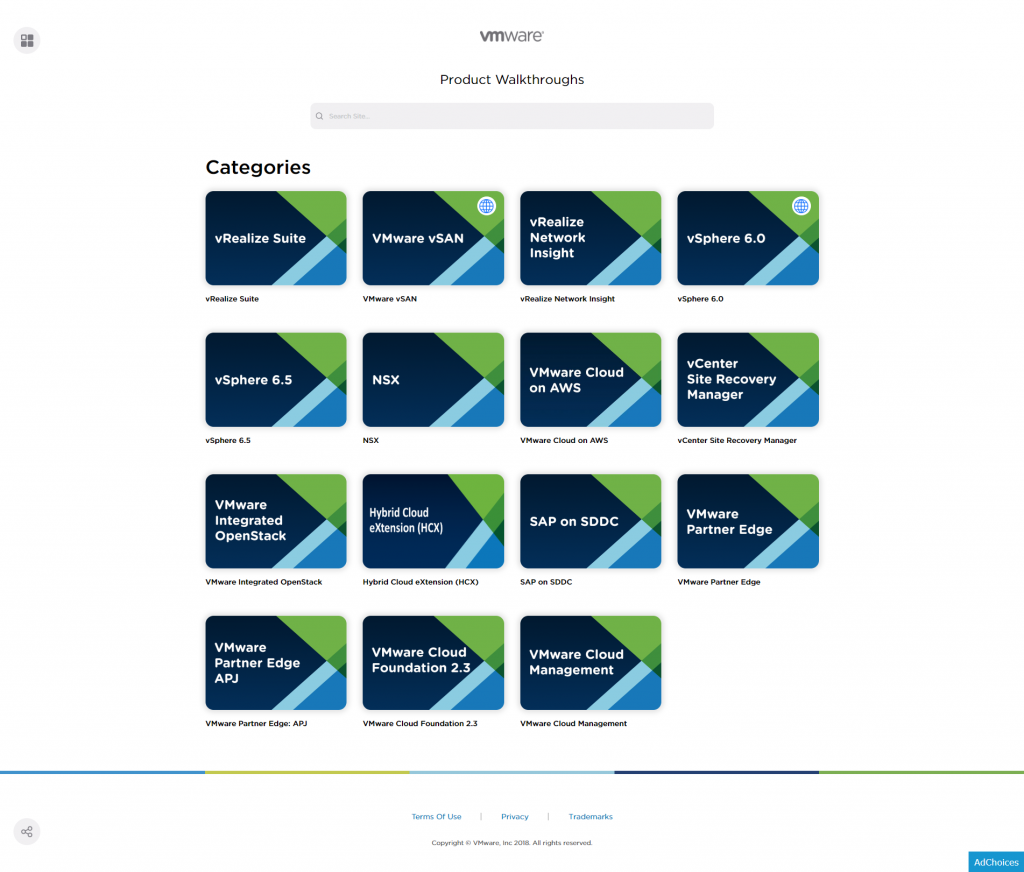Part 1: Homelab Considerations: Software Licensing for Your Homelab
Part 2: Homelab Considerations: Storage Simulators for Your Homelab
So I’ve been digging into how to license enterprise software for my homelab, and I thought I’d share some of what I’ve found. Some people choose to go the route of getting below-board licensing for enterprise software, but I’m not one of those people. For those of us who want a legitimate software footprint on their network, this post is for you. We are not going to cover how to build your homelab, or what storage you should use. We are going to cover how to license your homelab at little or no cost to you, including your choices for legally licensing products from VMware, Microsoft, Veeam and more.
VMware Licensing
Let’s start the conversation by talking about VMware, since virtualization is the main focus of this blog. While VMware does offer their ESXi hypervisor for free, that doesn’t include some of the enterprise features like access to APIs, and the rest of the vSphere suite. In terms of licensing, the cheapest way to get a production copy of VMware for an enterprise is vSphere Essentials, which costs $560 at the …
